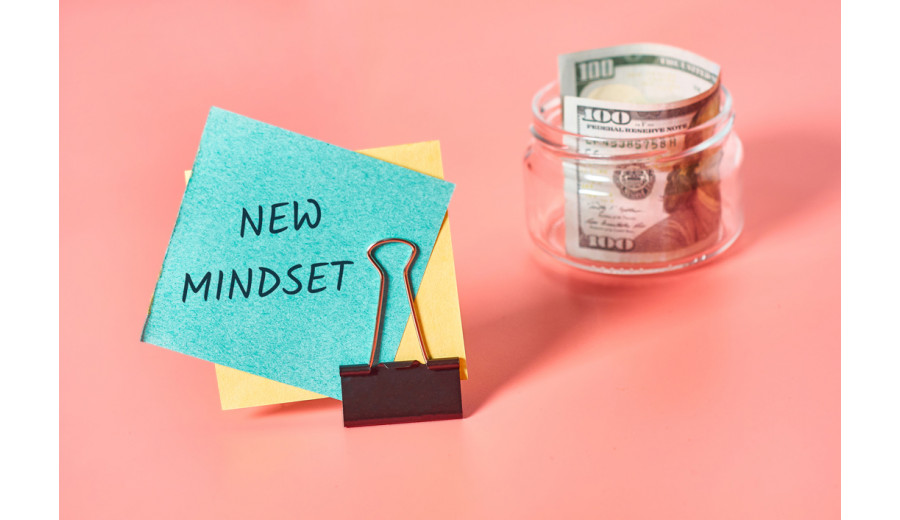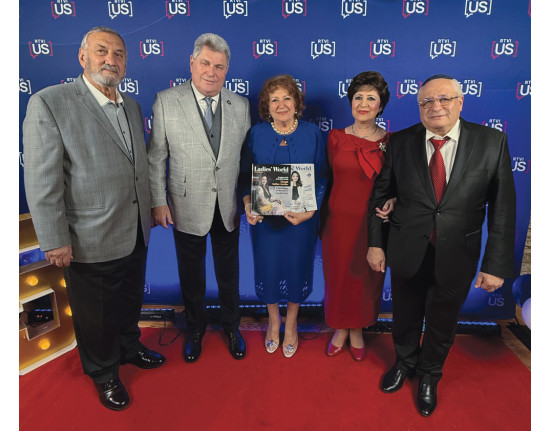How to
Rewire Your Thinking for Financial Freedom
When we
think of money, most of us focus on numbers: how much we make, how much we
spend, and how much is left over. But the truth is, our financial reality is
not just about math–it’s about mindset. The way we think and feel about money
shapes our decisions far more than the balance in our bank account.
Many
people grew up hearing phrases like “money doesn’t grow on trees” or “we can’t
afford that.” While these statements may have been practical at the time, they
planted seeds of scarcity in our minds. Without even realizing it, we carry
those limiting beliefs into adulthood. They show up as guilt when we spend,
fear when we invest, or hesitation when we ask for what we deserve at work.
The
good news is that your money mindset is not fixed. Just like a muscle, it can
be trained and strengthened. Here are three powerful shifts you can make today
to begin rewriting your financial story.
1. From
Scarcity to Abundance
Scarcity
thinking says, “There’s never enough.” Abundance thinking says, “There are
always opportunities.” When we shift from scarcity to abundance, we start to
see possibilities instead of problems. For example, instead of focusing on
rising prices, we can ask ourselves: How can I create new streams of income?
What skills do I already have that others value?
This
doesn’t mean ignoring reality. It means retraining the brain to look for
solutions instead of getting stuck in fear. Gratitude plays a huge role here–when
you appreciate what you already have, you open the door for more.
2.
Small Wins Create Big Confidence
Too
often, we wait until we can make a “big move” with money before we take
actions. But confidence is built step by step. Saving just $5 a day may not
seem like much, but over time it grows–not just in your account, but in your
belief that you can manage money.
Track
your wins, no matter how small. Did you negotiate a lower phone bill? Celebrate
it. Did you resist impulse shopping? Count it as progress. These micro-victories
create momentum, and momentum builds lasting financial confidence.
3.
Understand Your Emotional Spending
Money
is emotional. Sometimes we spend to celebrate, sometimes to escape stress, and
sometimes to fill an inner void. By bringing awareness to our emotional
triggers, we can take back control.
The
next time you feel the urge to buy something, pause and ask: Am I spending from
empowerment or from emotion? A mindful pause can turn a moment of weakness into
a moment of strength. And over time, this awareness leads to healthier
financial habits.
Creating
Your Money Vision
Finally,
remember that money is a tool, not a master. It’s there to support the life you
want to create. Take time to visualize what financial freedom looks like for
you. Is it paying off debt? Taking family vacations? Funding your children’s
education? Once you have a vision, create a simple strategy to move toward it.
Even small, consistent actions will compound into big results.
Money
isn’t just about dollars–it’s about mindset. Shift how you think, celebrate
small wins, and aligh your financial choices with your vision so that you can
step into greater freedom, confidence, and peace.





















